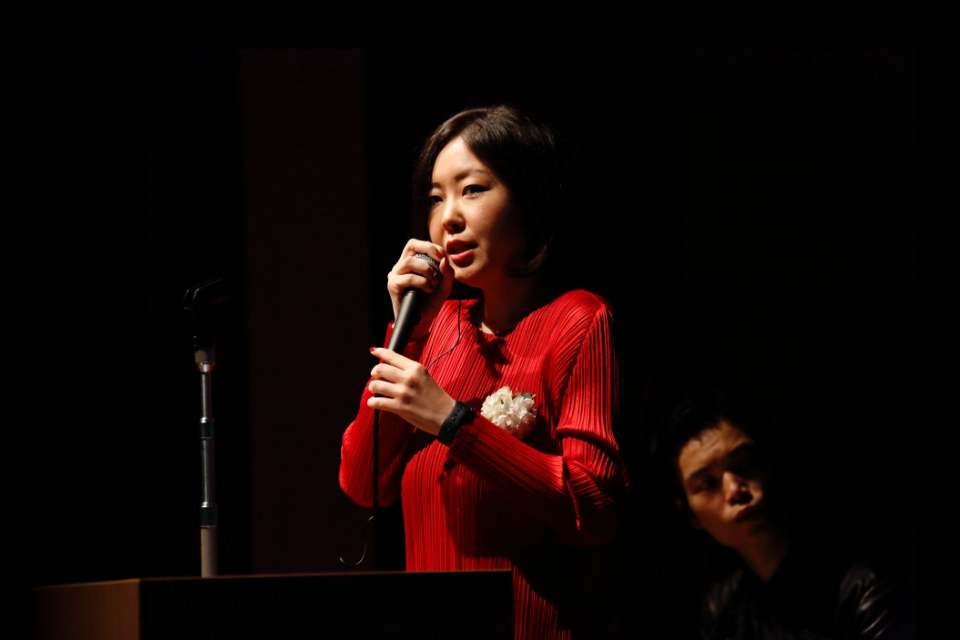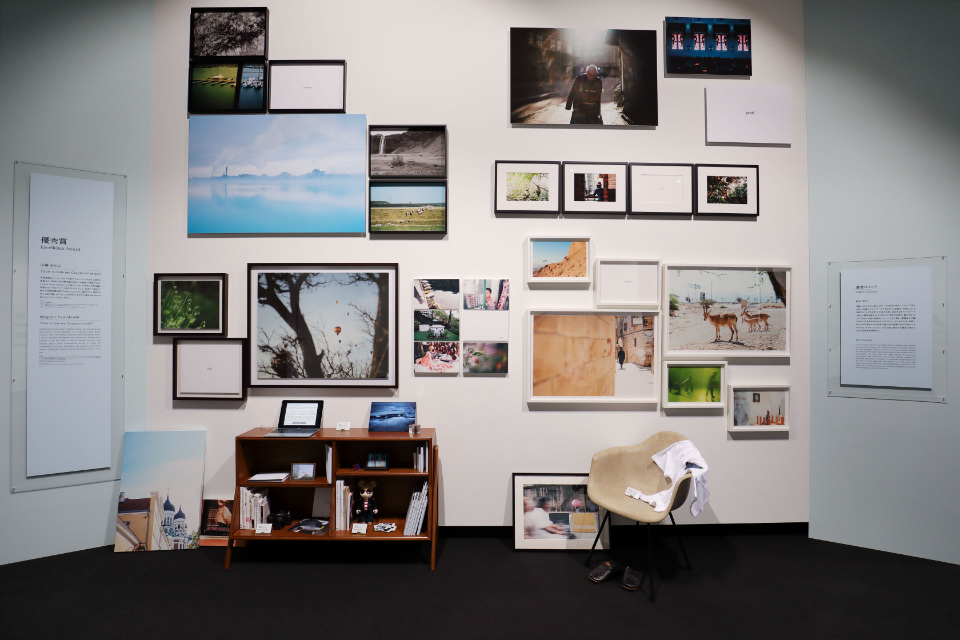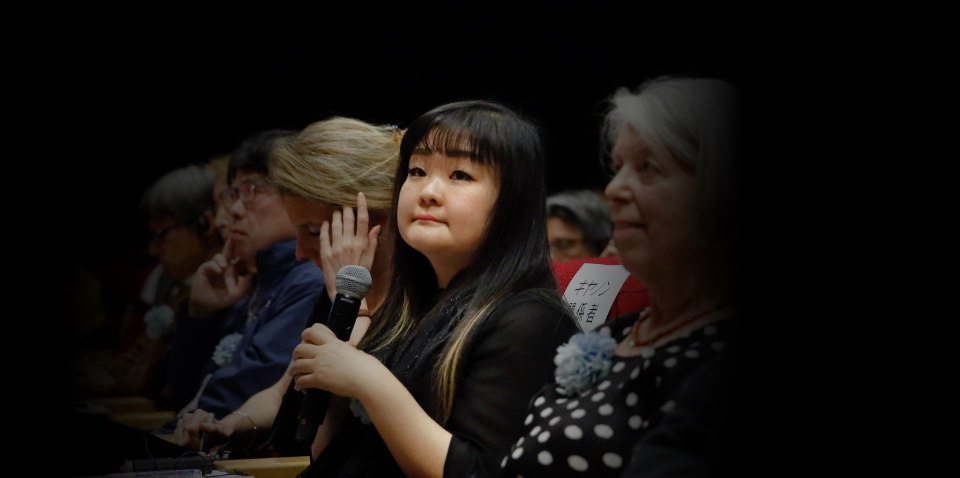PRESENTATION
The “cryptocurrencies” in my title refers to what are generally called virtual currencies. The real reason for creating this work lies in a very personal experience about money.
Cryptocurrencies, being virtual, have no real bills or coins. They are stored in invisible wallets. The biggest difference about cryptocurrencies is the lack of any central authority like a bank or other institution. If you lose the password you set for your wallet, no one will ever be able again to access your cryptocurrencies. Therefore, cryptocurrencies are essentially predicated on self-responsibility and self-management.
Your last resort if you forget your password is a decryption key. My work is grouped into 15 sets of photos with one word for each set. These form my decryption key. Because decryption keys are formed randomly, the words themselves have absolutely no meaning.
I took photos of 15 places out of 10 countries around the world and created 15 books with the 15 words of the decryption key. Because the group of words is a password, if you get the order wrong, you will decode a different wallet. To ensure I won't mess up the word order, I made these books that associate the locations where I took the photos and my own memories.
For example, the first book — “know” — are photos of the Philippines. When I was five, my aunt took me to the Philippines. The sixth book — “unhappy” — are photos of Iceland, a country I have never been to. I have a memory of becoming infatuated with the Icelandic singer Björk when I was 16. In this way, the locations I photographed were locations associated with events I will always remember.
Normally, you mustn't let other people know your decryption key, but everyone can use this decryption key and access my wallet.
Another reason for conceiving this work was the idea that photos and currencies share some common traits. Images are translated into data and viewed on smartphones and computers; rarely are they translated into analog form. Currencies, too, are often exchanged today through bank transfers, credit card payments, and the like without using real paper money.
One more impetus was that money has such a poor image in Japan. When I go somewhere and take photos, it is an economic activity from the viewpoint of a company. But from my viewpoint, it is the act of an artist producing a work. My thinking is that new value is produced as an outcome of such activities, and this value is converted into money as a visible and necessary credit. Despite this, money seems to be haunted by a negative image in today's Japan.
The true transforming power of cryptocurrencies is not the convenience of going cashless. It is the tremendous changes they will bring to our lives by erasing national borders and other boundary lines created by money. A society will rise up constructed on some kind of valuation other than money replacing those structures built up in the past by money. I'm very excited about this. I don't know what kind of future cryptocurrencies will ultimately bring about, but I'm really hoping for a new future will come, in the way this work will weather away in an instant.


You submitted your work in the form of books, and we looked at those books and judged your work. But at the exhibit, we couldn't look in the books, which I found to be very inconsistent. Could you explain your decision a bit more?
(Yamakoshi)
In one sense, what's inside the 15 titled books could be anything. It could be a single photo or absolutely nothing at all. The work was built around the concept of hiding the password I wanted to use.

Judges’s Comment
Noi Sawaragi (selector)
Are you saying that people who see this work can actually access and use your cryptocurrency wallet?
(Yamakoshi)
That's right. Cryptocurrency wallets do not have any kind of ID verification. So the moment I shared the password, the wallet was no longer my property, so to speak.
This concept began with wanting to communicate something through photography. But it is unrealistic to say to people who see my photos “go to there”. But accessing a wallet and moving cryptocurrencies to another wallet was an action that people could do. So that was my intention.
(Sawaragi)
For your exhibit, you arranged photos, media storing data, and various other things, whereas you wrote “Please do not touch” on your books. Was that intentional?
(Yamakoshi)
I really struggled with how to do the exhibit. It would be one thing if it were just one book. But having 15 books in the exhibit, I decided to not show the books' contents to avoid having the books left in some unexpected spot that would not be visually appealing to me. A part of me did want to exhibit the books' contents and I understand people wanting to look in the books.
(Sawaragi)
It was strange to be able to see the contents of your wallet but not the insides of your books. I had the sense that maybe was something important.